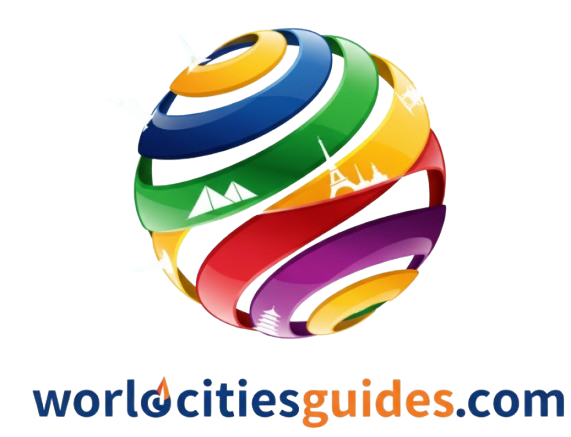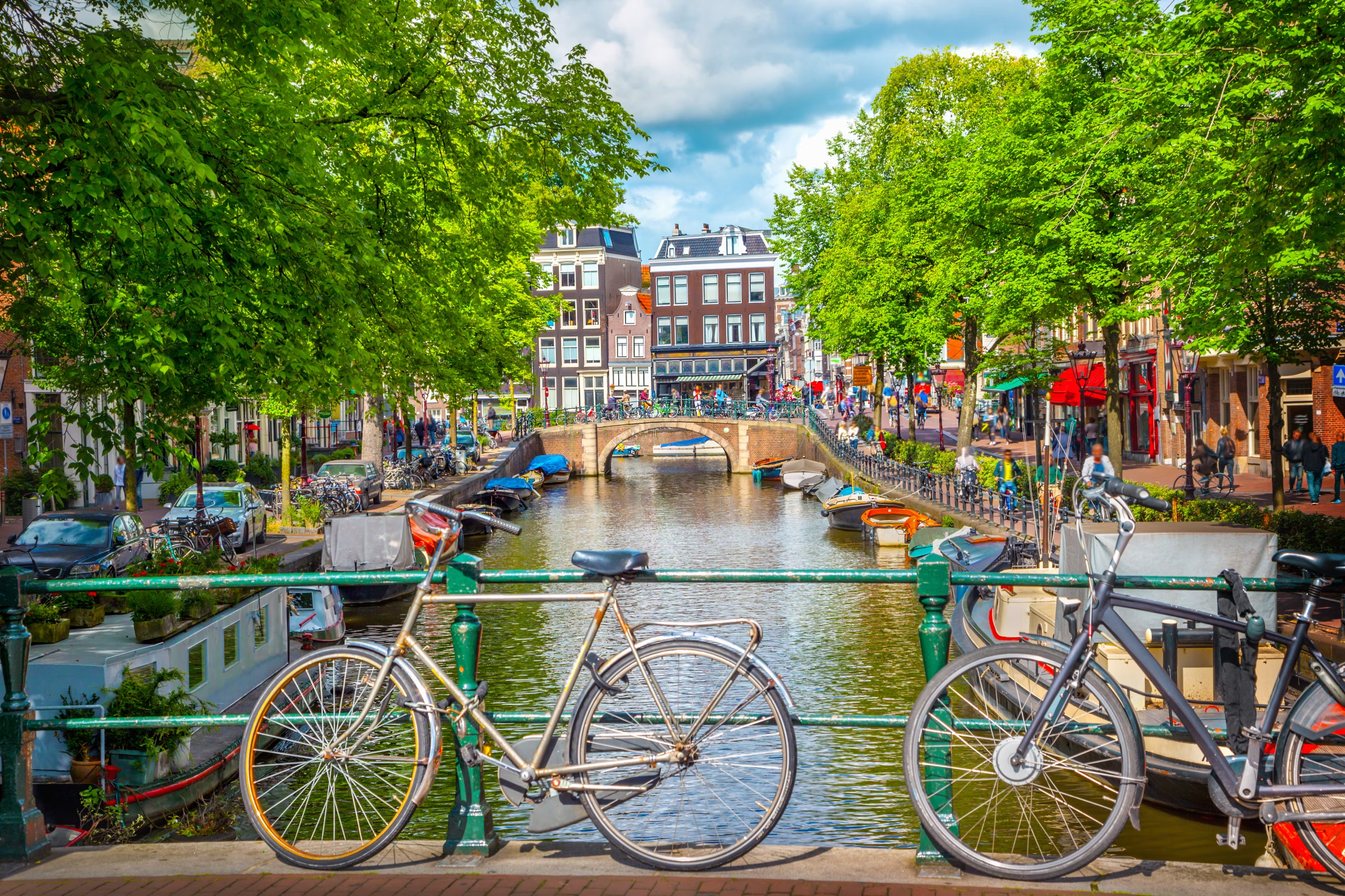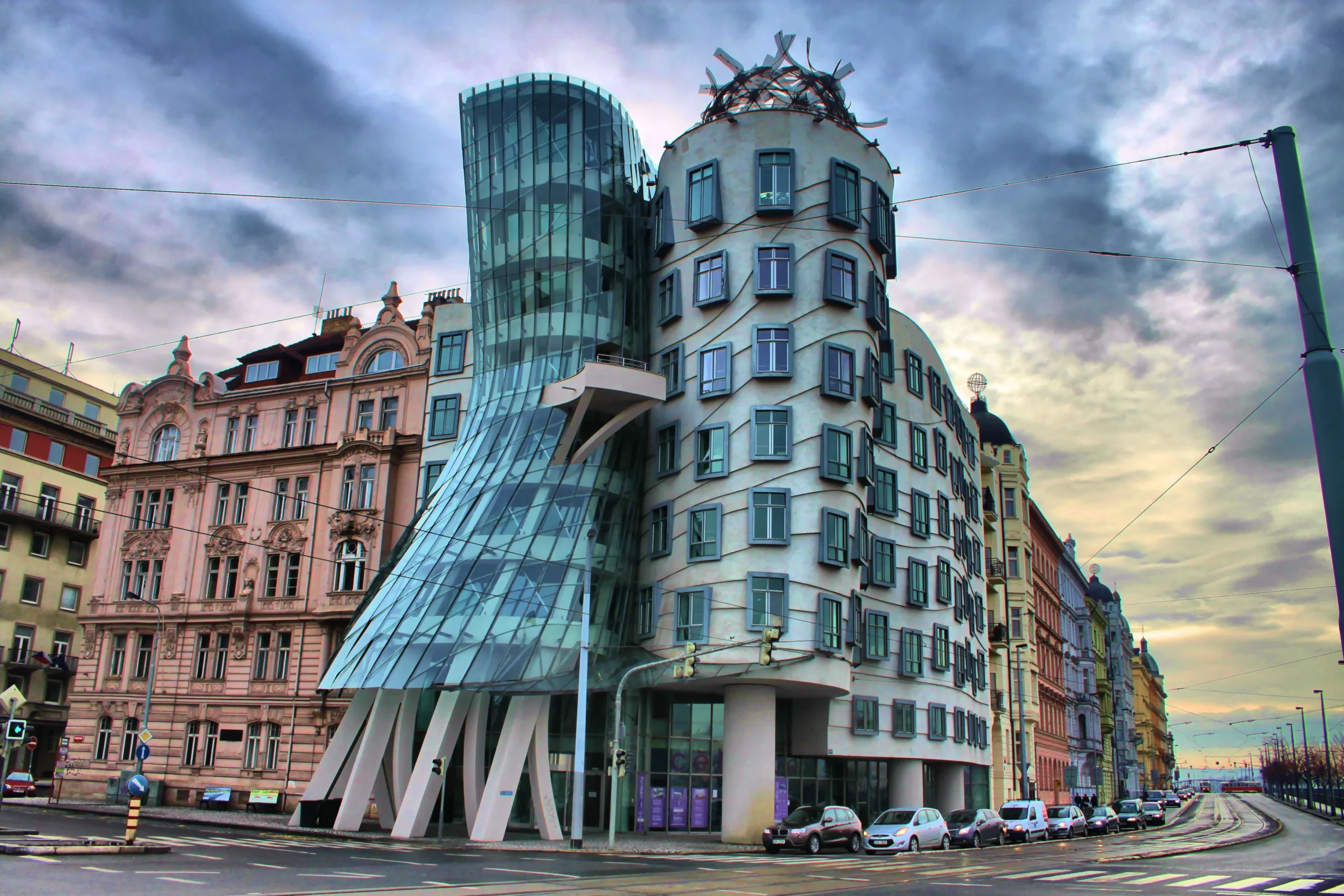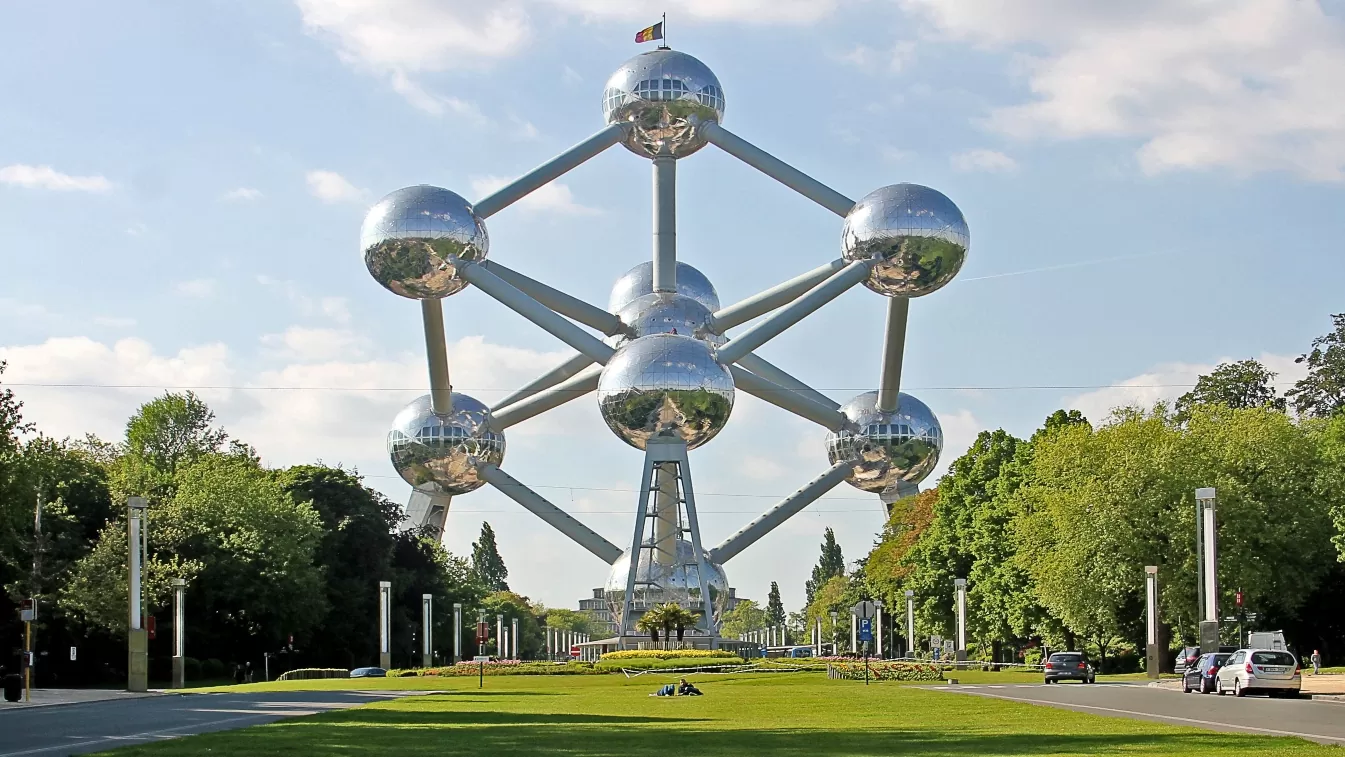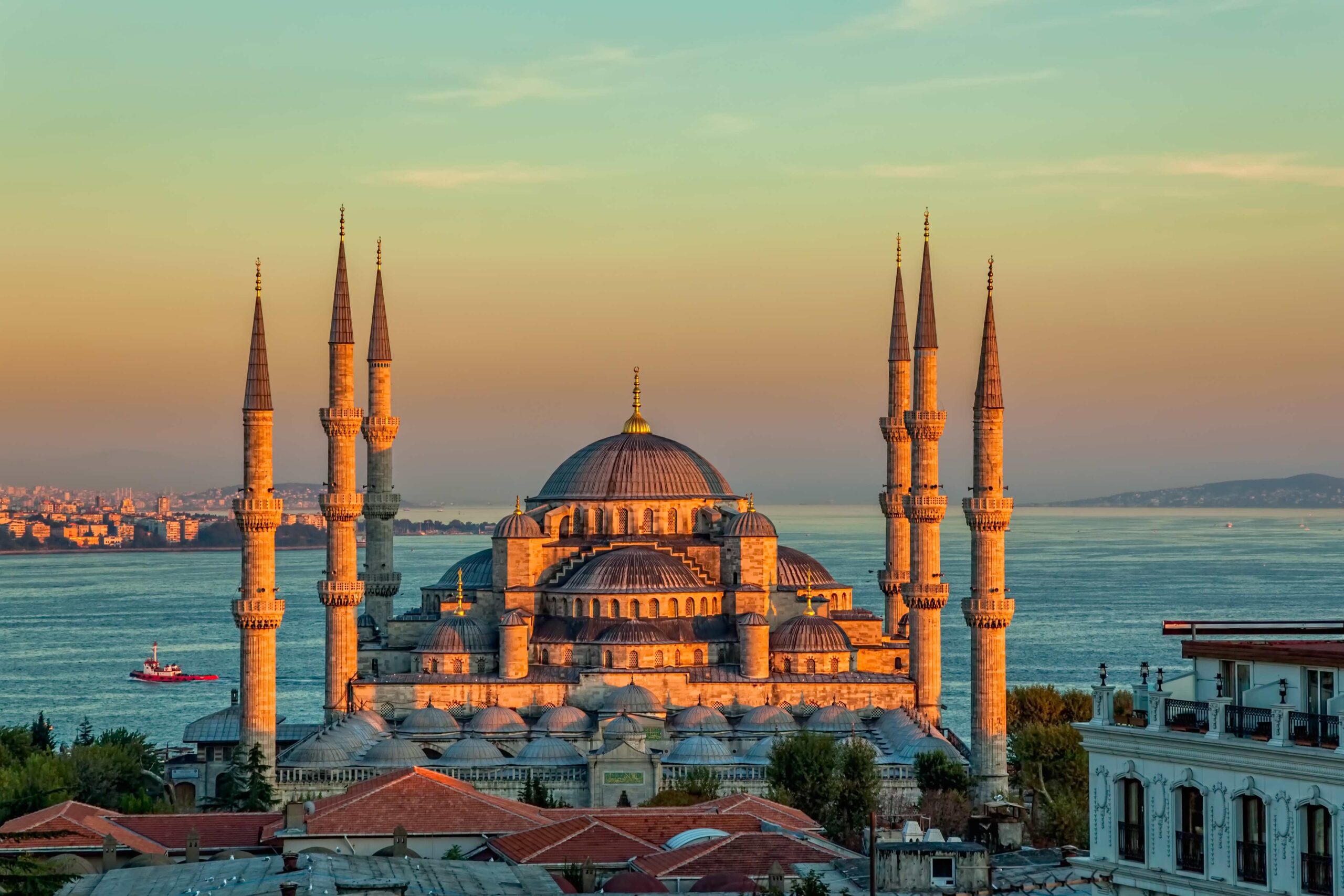The Netherlands Amsterdam, the capital of the Netherlands, is that kind of a city that you take with you for long after it’s over. It is a land where here-and-now and then-and-there mix and make an indelible businesslike and intimate atmosphere. With its beautiful canals and wonderful historic buildings, vibrant neighborhoods, fantastic museums and awesome things to do you will never be bored when you are in Amsterdam. But beyond the tourist pics, the city is choked with history, life and detail worth capturing. Let’s delve into what makes Amsterdam so special.
A GLIMPSE INTO THE PAST
Amsterdam has its origins in trade, water and determination. It started out life down by a dam in the Amstel River, and was nothing more than a small fishing village in the late 12th century — hence its name “Amsterdam.” Amsterdam’s 17th-century canals are considered a UNESCO World Heritage Site and the phase is now used to denote the large event itself. It became a center of finance, culture and global trade.
That’s when the city’s layout, including those iconic canal rings, took shape. These canals were used not only to be aesthetically pleasing to the eye, but also for pragmatic purposes such as transportation in the low-lying land and drainage. This old city center remains the historical center of the city and is a UNESCO World Heritage Site today.
PEOPLE AND LANGUAGE
Amsterdam has a population of about 900,000 residents; the broader metropolitan area has more than 2.5 million. It’s a cosmopolitan mix of cultures and is home to expats, students and professionals from all over the world. The official language is Dutch and most Amsterdammers speak very good English. In reality, it’s one of the easiest cities in Europe to explore if you don’t speak the local language.
This tolerance extends beyond language — Amsterdam is famously liberal and progressive. It is a place where free-spirited men and women can be themselves, and feel welcome doing so.
CURRENCY AND COSTS
Amsterdam is part of the Eurozone, so inhabitants use the euro (€). Credit and debit cards are widely accepted, but some smaller vendors or in local markets or shops may favor payment by contactless or cash.
Speaking of expense, Amsterdam isn’t dirt-cheap, but you do get what you pay for. Lodging and food can be expensive in the city center, but there are bargains to be had if you look outside touristy areas. One can eat well at low prices in street food, typical bakeries and markets.
ELECTRICITY AND PLUGS
If you travel from outside Europe, European power is common to all of the Netherlands and this consists of a standard voltage at 230V with a frequency being 50 Hz. The power outlets are type C and F standard two-pin European-style plugs. It never hurts to pack a universal adapter, should you have several different types of plugs.
AMSTERDAM’S WEATHER AND CLIMATE
The weather in Amsterdam is known for its unpredictability. It is kept mild due to its proximity to the sea, resulting in predominantly warm summers and cool winters with frequent rainfall. Temperatures in summer typically range from 20 to 25°C (68–77°F) and in winter from 0 to 5°C (32–41°F). “Snow is unusual but not unheard of.
It’s also possible to have rain any time of year, so you’d be smart to pack a lightweight waterproof jacket or an umbrella. The city is beautiful all year round, whether you’re walking beneath blossoming spring trees or exploring cosy cafes to escape the winter chill.
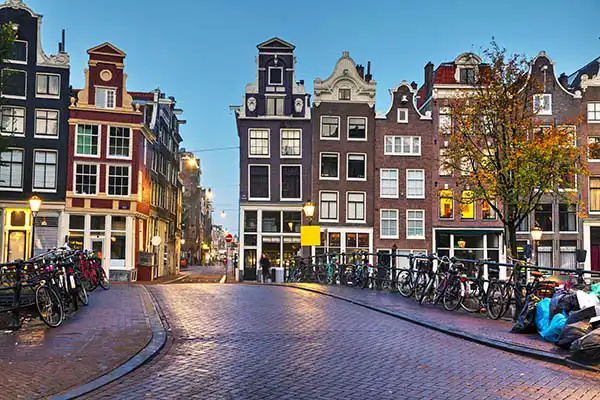
TYPICAL DUTCH FOOD
Dutch cuisine is hearty, simple, and comforting. In Amsterdam, you’ll find everything from high-end international restaurants to street-food vendors hawking local classics. Some dishes to try include:
Stroopwafels: Two thin waffles separated by caramel syrup—a great complement to a cup of hot coffee.
Bitterballen: Deep fried, meat-filled balls that are crisp on the outside and creamy inside, usually served with mustard.
Haring: Uncooked herring with onions and pickles. Residents eat it by gripping it by the tail and taking a bite.
Poffertjes: Tiny pancakes coated in powdered sugar and butter.
Patat: Dutch fries that they typically eat with different types of sauces, the two main ones being mayonnaise or some peanut satay sauce.
Cheese is another big part of Dutch food culture, and Amsterdam has numerous specialty shops where you can try Gouda, Edam and dozens of other types.
GETTING AROUND THE CITY
Amsterdam transportation is not only efficient but also a whole lot of fun. Each moment after is a bonus—since getting around is, in a word, marvelous (Believe it or not: There are more bikes than people in the city!) With flat surroundings and an efficient system of bike lanes, it’s accessible to anyone, too — bikes are available for rent just about everywhere.
(If cycling isn’t your scene, the city also has great public transport with trams, buses, metro and ferries that will take you around which GVB operate.) You can purchase tickets from machines or mobile apps, and tourist passes are available for unlimited travel.
Walking is also a great way to see Amsterdam, particularly in the center areas such as Jordaan, De Pijp and Nine Streets. The town is so small that it´s very easy to walk everywhere.
SAFETY AND COMFORT
Overall, Amsterdam is a very safe city for both residents and tourists. (Violent crime is rare, and the biggest threat to tourists are typically pickpockets or bicycle theft.) And common sense — watching over your things, locking up bikes — helps a lot.
One aspect to be aware of, the city’s bike traffic. Neighborhood cyclists are fast, and expect pedestrians to keep out of their bike lanes. Look both ways before you cross, and keep your wits about you: Some of these might be busy places like Dam Square or around Central Station.
MUST-SEE ATTRACTIONS IN AMSTERDAM
There is no such thing as a shortage of spectacular sights in Amsterdam. Here are a few of the highlights you won’t want to miss:
Rijksmuseum: With masterpieces by Rembrandt, Vermeer and other Dutch masters.
Van Gogh Museum: An intimate view of the life and work of Vincent van Gogh.
Anne Frank House: It’s a humbling and potent museum detailing the building where Anne Frank and her family hid during WWII.
The Jordaan: A quaint neighborhood with narrow streets, art galleries, gives way to cafes and boutique shops.
Vondelpark: Amsterdam’s biggest park and a tranquil refuge from the urban hum.
The Royal Palace: Positioned at Dam Square, the palace is still used by the Dutch Royal Family for official function.
Canal Cruises Gaining a new perspective of the city from the water is something different and makes you realize how beautiful its architecture and bridges are.
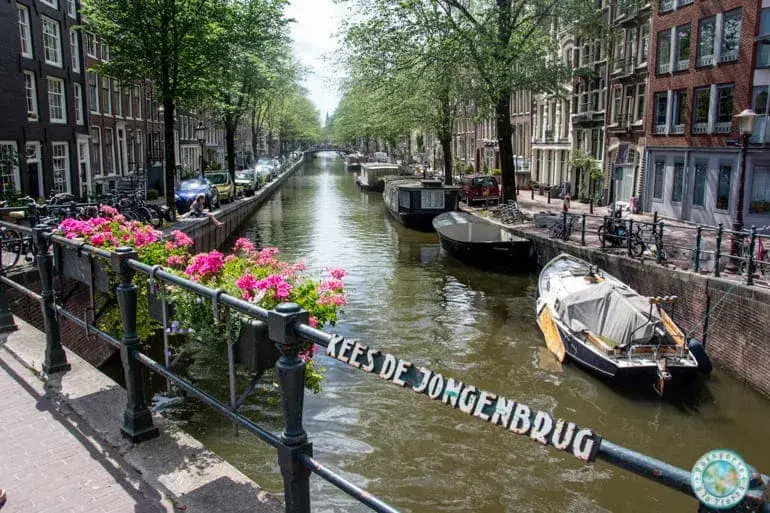
BEYOND THE CITY CENTER
The historic center is the focus of most attention, but there’s more to Amsterdam if you travel a bit further. Areas such as Amsterdam-Noord have a more alternative feel and district, boasting creative spaces and street art, along with panoramic views from the A’DAM Tower. Modern architecture dominates the Eastern Docklands area, which has hip waterfront hangouts.
It’s a short train ride from the city to even more traditional Dutch villages, such as Zaanse Schans — famed for its windmills and wooden houses — or the tulip fields of Keukenhof in spring.
A CITY OF FREEDOM AND CREATIVITY
But Amsterdam is far more than a tourist destination; it’s a soul city. It’s a city of tolerance, artistry and innovation. With environmentally conscious city planning, vibrant festivals and a keen respect for history, Amsterdam is developing while maintaining its traditions.
Whether it’s the art, the food, the easygoing atmosphere, or even just a glimpse of bicycles silhouetted against sunlit canalsomething about Amsterdam tends to make you feel that you fit in there — for however long it lasts.
